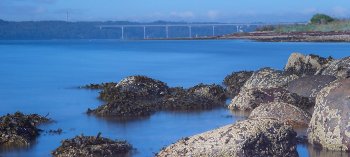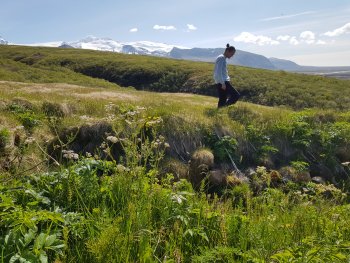H2020 PONDERFUL: The deurbanization of La Pletera
A de-construction project where a failed attempt of urbanization was substituted by a fully functional salt marsh ecosystem. La Pletera is a coastal salt marsh located in a very touristic zone and was affected by building works for a residential estate in the late 80s, and then discontinued in the 90s. After that, the area was protected and an ecological restoration project was developed, aimed to satisfy a long-held local aspiration: the restoration of the ecologically highly valuable saltmarsh that was partially destroyed by a construction project at the end of the 1980s.









